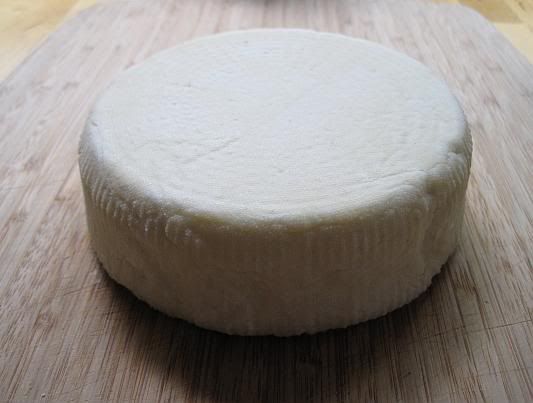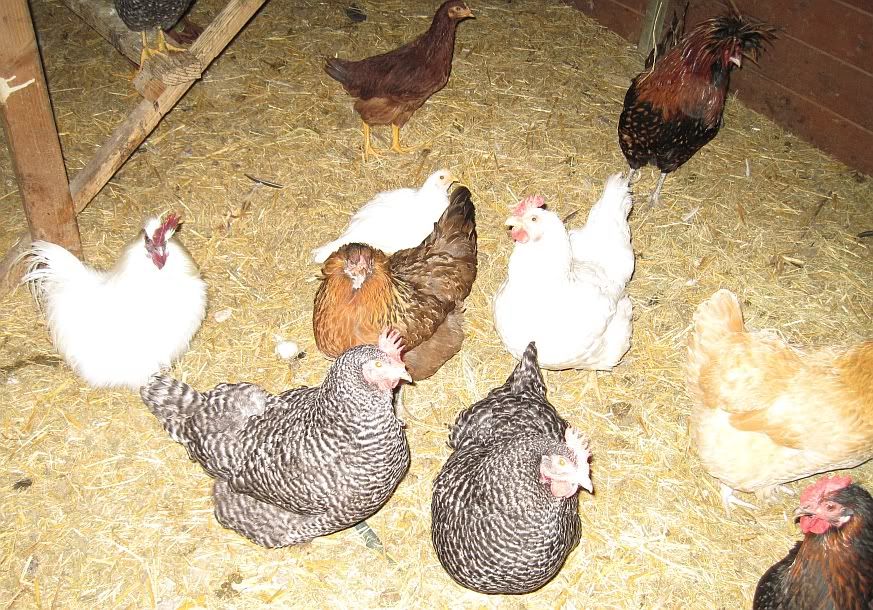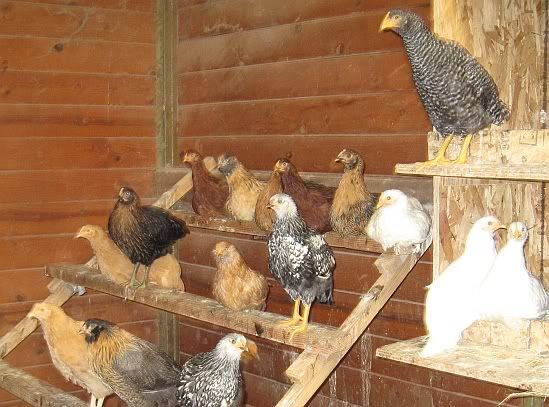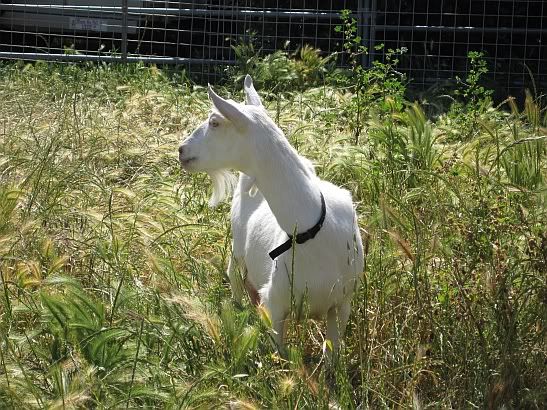
We've always been the dreaming type. Daydreaming of summer gardens in the middle of winter. Dreaming up new tantalizing veggies to grow in the next garden, and all the culinary creations that they go into. Dreaming of farm fresh country eggs, the kind you just can't get in the store because there's no such thing. Not even at Trader Joe's.... I've tried them all. When you have the right combination of happy hens, sweet water, sunshine, fresh forage and bugs... well I don't know the exact alchemy of it, but it just makes better eggs.
That's why we're so excited here at Foothill Country Farm this week. Because not only can we dream of the best veggies and country eggs that nature can bring us, but now we can dream of Cheese. And what better way to get the best cheese possible, than to make it ourselves, fresh from the farm, and from two of the sweetest, most personable goats I've ever had the pleasure of meeting.
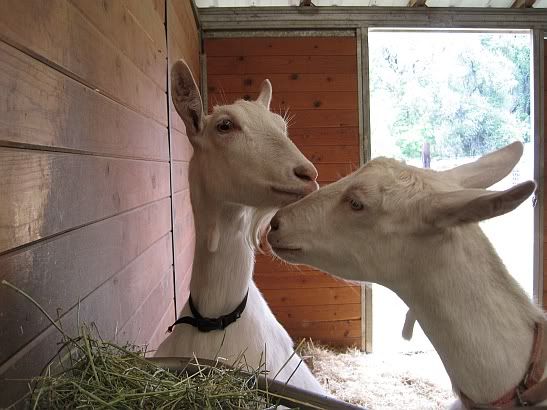
Meet "Angel" and "Arya", the newest members of our Foothill Country Farm family. Not just any kind of goat, but Saanens, which are one of my favorite. Think dreamy white, smiling, fairytale Swiss dairy goats, and you've got it. One of the largest breeds of dairy goat, Saanens are known for their high milk production and while many out there might argue which goat gives a better tasting milk, I'm casting my vote for Saanen.
Luscious, sweet, pure white creamy milk that makes you think "ice cream" the first time you try a chilled glass. Mmmmm... there's just no describing it and you wouldn't believe me if I told you. Just one of those things you have to experience for yourself.
Containing more protein and calcium than cow's milk, goat milk is also a complete protein, containing all of the amino acids. While people in the United States are not as accustomed to goat milk as a food, 72% of the milk used in the world is goat milk. Many people who are allergic or sensitive to cow's milk find that they can enjoy goat milk with no problems, partially because of the smaller fat molecules and more medium chain fatty acids which aid in easier digestion. It is a very mild naturally homogenized milk and is also one third as rich as cow's milk and easier to digest, even for babies.
But like we mentioned before, it's the cheese that has us so excited! Already we have made two batches of Farmer's Cheese, and one very yummy batch of Ricotta that is just begging to be made into some Italian culinary delight. Here is simple recipe for Farmer's Cheese using vinegar that you can easily make a batch up tonight and enjoy fresh spreadable cheese tomorrow.
 Simple Farmer's Cheese
Simple Farmer's Cheese1. Heat one gallon of fresh milk to 185 degrees F. Stir frequently.
2. Add 1/4 cup of white vinegar and stir briefly.
3. After 10 minutes, strain cheese curds into a cheesecloth lined colander over a bowl to catch the whey.
4. Hang overnight to drain.
After you've enjoyed the success of your first cheese, take that whey you saved from the first batch, and use it to make Ricotta! Yes, you can make ricotta with whole milk, but if you're like me, you might enjoy the fun of getting the two for one special. I was really surprised at how good this turned out, and honestly, I like it even better than the first Farmer's cheese. Here's the recipe.
Goat Milk Ricotta1 gallon whey (or you can use fresh goat milk)
1/4 cup apple cider vinegar
3 Tablespoons melted butter
1/2 teaspoon baking soda
In a stainless steel or enamel pot (never use aluminum), heat the milk to 206 degrees farenheit, stirring often so it does not scald. Pull the pot off the heat and stir in vinegar. Set the pot into a sink of cold water, this will help the curds coagulate faster. The milk will coagulate. Drain the curds into a cheesecloth lined colander and drain for a few minutes. Place the curds in a bowl and mix in the butter and baking soda. Stir until well mixed. Place in a covered dish and refrigerate until ready to use.
Then.... what you dream up to do with all that yummy ricotta is up to you. I'm thinking thin breakfast crepes rolled and stuffed with ricotta and drizzled with fresh berry syrup. Or perhaps save it for an Italian-style dinner of stuffed pasta shells, or manicotti, or lasagna. You get the idea.
Whatever you do, dream big, and enjoy the simple pleasures of this beautiful life, the fresher the better!
Bon Appetite!
Foothill CountryGirl
